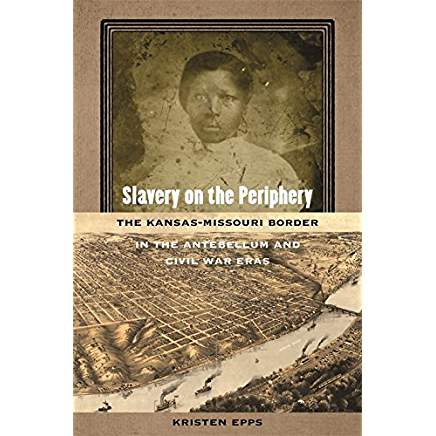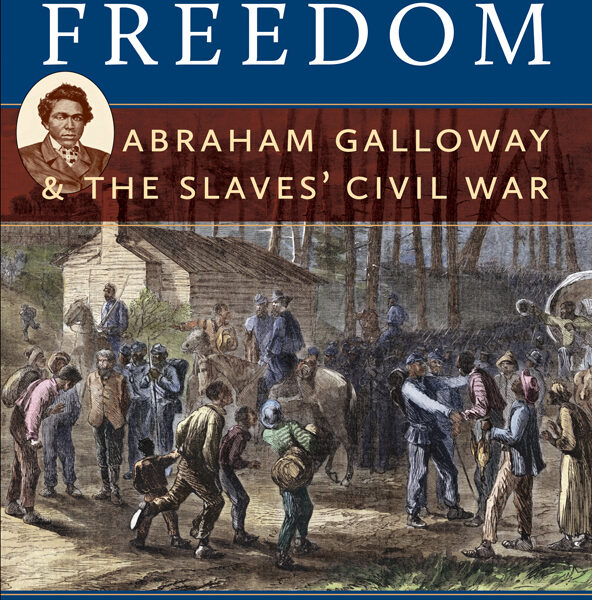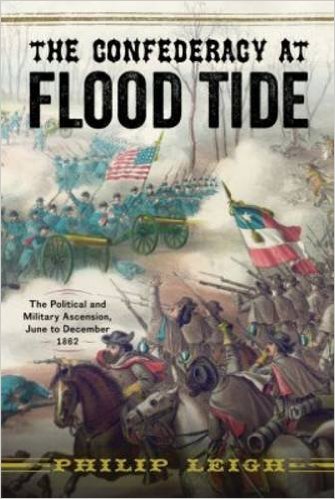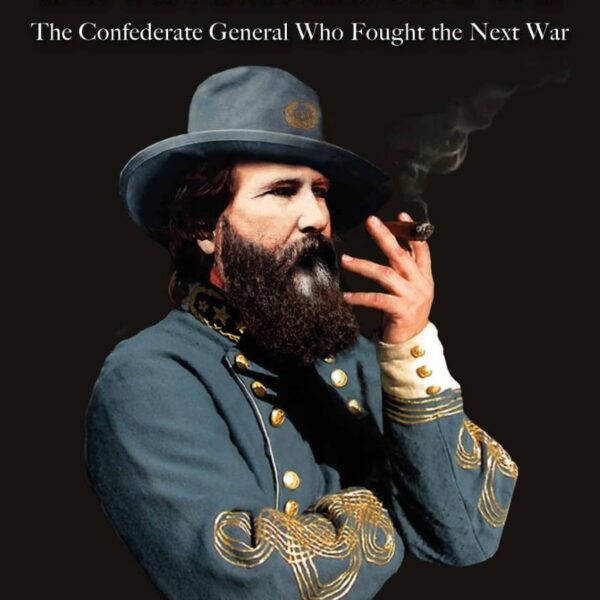Slavery on the Periphery: The Kansas-Missouri Border in the Antebellum and Civil War Years by Kristen Epps. University of Georgia Press, 2016. Cloth, ISBN: 978-0820350509. $59.95.
 When we think about the places in the antebellum United States where slavery took root, the Kansas-Missouri borderland is likely not the first to come to mind. To be sure, thanks to the notoriety of “Bleeding Kansas,” the area has long been identified with the struggle over slavery extension in the 1850s. But in this respect, the Kansas-Missouri borderland has usually figured as a site of prospective slavery. And yet, as Kristen Epps shows us in this deeply researched book, slavery on the prairie was no mere slaveholder’s daydream—or abolitionist’s nightmare. It was an everyday reality. During the antebellum and Civil War periods, enslaved people lived and worked in western Missouri and eastern Kansas in small but by no means insignificant numbers. As Epps argues, their presence—and their resistance—profoundly shaped the economic and social life of the region.
When we think about the places in the antebellum United States where slavery took root, the Kansas-Missouri borderland is likely not the first to come to mind. To be sure, thanks to the notoriety of “Bleeding Kansas,” the area has long been identified with the struggle over slavery extension in the 1850s. But in this respect, the Kansas-Missouri borderland has usually figured as a site of prospective slavery. And yet, as Kristen Epps shows us in this deeply researched book, slavery on the prairie was no mere slaveholder’s daydream—or abolitionist’s nightmare. It was an everyday reality. During the antebellum and Civil War periods, enslaved people lived and worked in western Missouri and eastern Kansas in small but by no means insignificant numbers. As Epps argues, their presence—and their resistance—profoundly shaped the economic and social life of the region.
Slavery’s roots in the Kansas-Missouri borderland ran deep. Under French and Spanish rule, slaves played a key role in the fur trade that flowed down the Kansas and Missouri Rivers. Following the Louisiana Purchase in 1803, slaveholding farmers from the Upper South settled the region. In the absence of a viable cash crop like cotton or sugar, they created a world of small-scale, diversified agriculture reminiscent of Kentucky or western Virginia. Farms on the Kansas-Missouri frontier produced foodstuffs for domestic use, as well as a limited amount of hemp and tobacco for the regional market. Individual slave holdings were small; in 1860, the average western Missouri slaveholder owned around four slaves. On remote prairie homesteads, masters and slaves lived in close quarters and worked alongside one another in the fields. Sensibly, Epps argues that we should not see such proximity as evidence of an ameliorating “sawbuck equality” between blacks and whites on the frontier. Proximity could well mean more opportunities for abuse.
Enslaved people in the Kansas-Missouri borderland resisted their bondage in all of the usual overt and subtle ways. But Epps notes that they had one distinct advantage over slaves in other regions: greater freedom of movement. In part, this was a function of demography. The small size of most slave holdings made it necessary for masters to hire outside labor at times, as well as to allow “abroad marriages” — both of which created frequent opportunities for enslaved people to evade white supervision. However, in Epps’ telling, slave mobility also reflected unique geographic circumstances. Perched on the edge of the Great Plains and near the confluence of several major rivers, the Kansas-Missouri frontier was a churning vortex of migration. California-bound prospectors, displaced Native Americans, and Mexican merchants came and went. Enslaved people found ways to capitalize on all of this itinerancy. By working as outfitters, wheelwrights, and the like, some slaves were able to travel widely, to make contact with people of diverse backgrounds, and, not least, to earn money that they could use to purchase their freedom. Other slaves simply joined the flow of people, escaping west to Indian Territory or north to Iowa. Slaveholders tried to restrict their chattels’ movements with patrols and codes, but to little avail.
Slaves’ mobility and intimate knowledge of local geography served them well during the tumultuous events of “Bleeding Kansas.” In 1854, Congress created Kansas Territory, declaring that the status of slavery in the area would be determined by a future plebiscite. Over the next several years, settlers from the slave states flooded into the Territory to ensure that the outcome would not be in doubt. By 1857, there were several hundred slaves in Kansas. As Epps points out, while debates over slavery extension raged in Congress, they were in a sense academic: on the ground, Kansas was “functionally a slave territory” (99). But this state of affairs did not go unchallenged. After a slow start, migrants from “free soil” states began pouring into Kansas in large numbers, sparking a brutal, partisan war. Among the “free soil” settlers were a few fervent abolitionists who helped slaves escape and make their way to the North. For the most part, however, enslaved people in the Kansas-Missouri borderland helped themselves. Relying on longstanding patterns of movement and practices of mobility, they took advantage of the instability wrought by “Bleeding Kansas” to challenge their masters and, when possible, to run away. When the Civil War broke out, ushering in more guerrilla violence and disorder, slaves again pressed their advantage, fleeing Missouri by the thousands for free Kansas. Once there, many black men joined USCT regiments, putting their hard-won knowledge of borderland geography at the service of the Union Army.
Slavery on the Periphery is an informative and interesting book. Its great strength is the depth of its research. Epps has clearly spent a lot of time rambling over the Kansas-Missouri borderland, scouring state and county archives. This immersion in local sources allows her to reconstruct the experience of slavery and emancipation on the Kansas-Missouri frontier in granular and often vivid detail. Moreover, Epps takes great pains to recover not just the material experiences of enslaved people, but also their attitudes and beliefs; her readings of the small body of extant slave testimony from the region are models of judicious micro-historical analysis. If this book falls short, it is in not developing a more ambitious set of arguments from such rich evidence. Epps’ central claims—that slavery could flourish outside the South, that mobility was key to slave resistance, and that conditions on the ground in Kansas and Missouri helped precipitate the Civil War—will be familiar to most historians and many non-specialist readers. I would have liked to see Epps expand on and complicate these arguments, rather than simply ratifying them. One place to do this would have been in her discussion of “Bleeding Kansas.” Here was a perfect opportunity to say something fresh and subtle about the interplay of local and national politics in the lead-up to the Civil War. But Epps never quite seizes it. The result is an account that is useful, but limited.
James M. Shinn, Jr., is a doctoral candidate at Yale.




